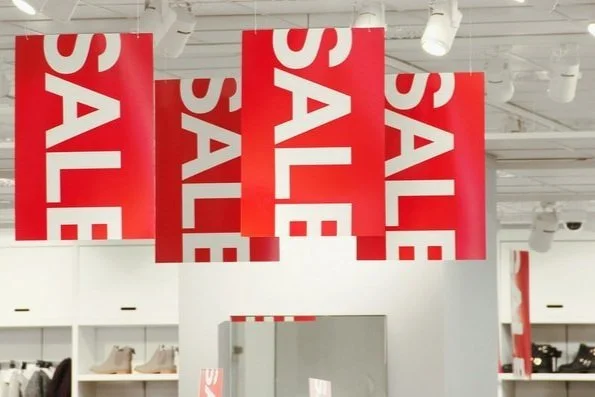The Psychology of Colour: How It Influences Consumer Behavior in Retail Design
How Colour Influences Consumer Behavior in Retail Design
In the world of hospitality interior design, every element plays a crucial role in shaping the overall ambiance and experience of a space. One such element that holds immense power is colour. Beyond mere aesthetics, colour has the remarkable ability to evoke emotions, influence moods, and ultimately, drive consumer behaviour. Understanding the psychology behind colour is essential for creating retail environments that resonate with customers on a deeper level. In this post, we delve into the fascinating realm of colour psychology and its implications for retail design.
The Power of Perception
Colour perception is subjective and deeply rooted in cultural, societal, and personal experiences. Different colours evoke different emotions and associations, which can significantly impact how consumers perceive a brand or product. As hospitality interior designers, it's essential to harness the psychological effects of colour to create environments that align with our clients' brand identity and resonate with their target audience.
Creating Emotional Connections
Colours have the power to evoke a wide range of emotions, from excitement and joy to calmness and serenity. By strategically incorporating certain colours into retail spaces, designers can evoke specific emotional responses that resonate with consumers. For example, vibrant hues like red and orange can stimulate appetite and energy, making them ideal for restaurants or food-related retail environments. On the other hand, softer tones like blue and green evoke feelings of tranquility and relaxation, making them well-suited for spas or wellness-focused establishments.
Influencing Purchase Decisions
Colour psychology also plays a significant role in influencing consumer behaviour and purchase decisions. Studies have shown that certain colours can affect perceptions of product quality, price, and even perceived value. For instance, warm colours like red and yellow are often associated with affordability and sales, making them effective for promoting discounts or clearance items. Conversely, cooler tones like blue and purple convey a sense of luxury and sophistication, which can enhance the perceived value of high-end products or services.
Creating Cohesive Brand Experiences
Consistency is key when it comes to brand identity, and colour plays a central role in creating cohesive brand experiences across various touchpoints. By incorporating brand colours into retail design, designers can reinforce brand recognition and strengthen emotional connections with consumers. Whether it's through accent walls, signage, or product displays, strategic use of colour can help convey brand personality and evoke the desired brand associations.
Harnessing the Power of Colour in Retail Design
As hospitality interior designers, it's essential to approach colour selection thoughtfully and strategically. Consider factors such as brand identity, target audience, and desired emotional responses when choosing colour palettes for retail spaces. Experiment with different combinations and observe how they affect the overall ambiance and consumer behaviour. By leveraging the psychology of colour, designers can create retail environments that not only look visually appealing but also resonate with consumers on a deeper, emotional level.
In conclusion, the psychology of colour is a powerful tool that can significantly impact consumer behaviour in retail design. By understanding the emotional and psychological effects of colour, hospitality interior designers can create immersive and compelling retail environments that captivate audiences, strengthen brand connections, and ultimately drive business success.

